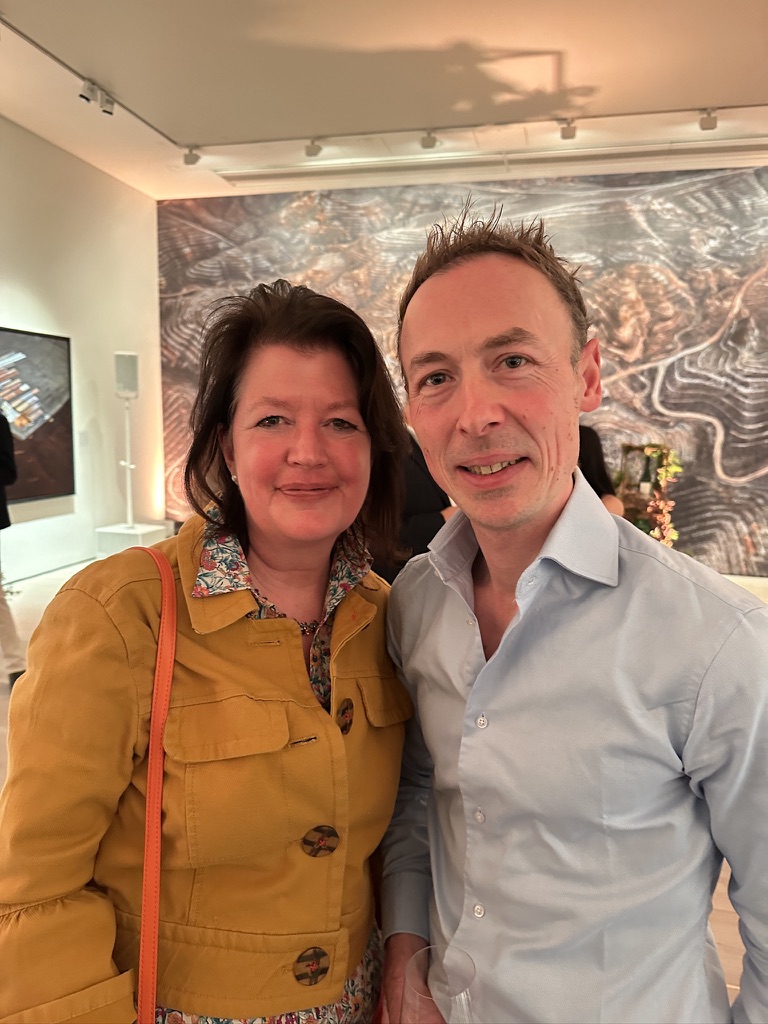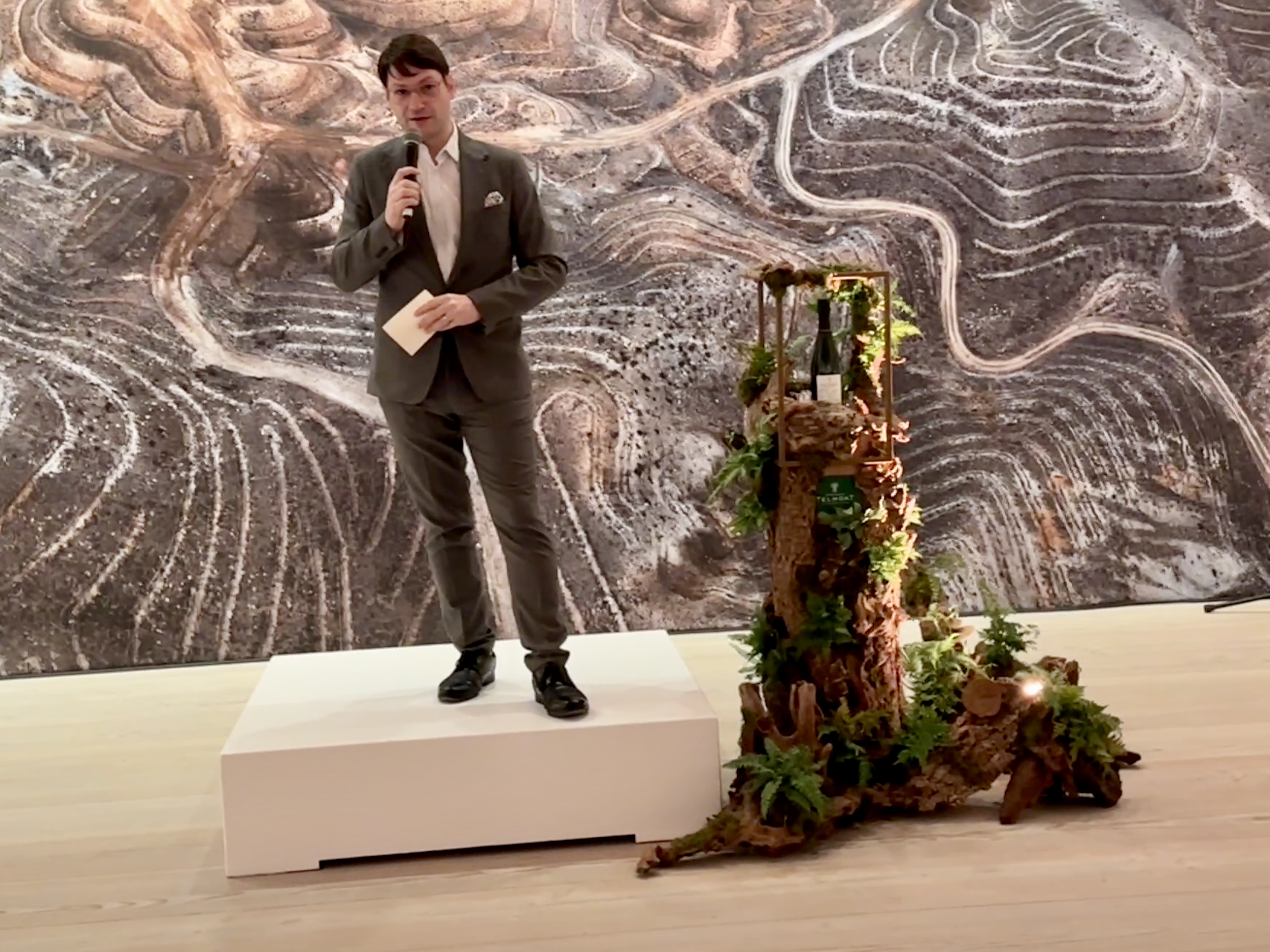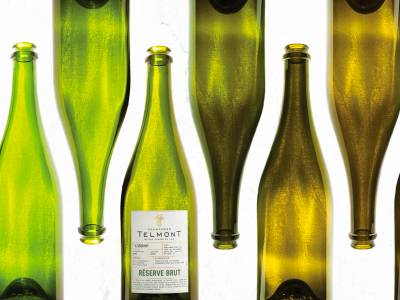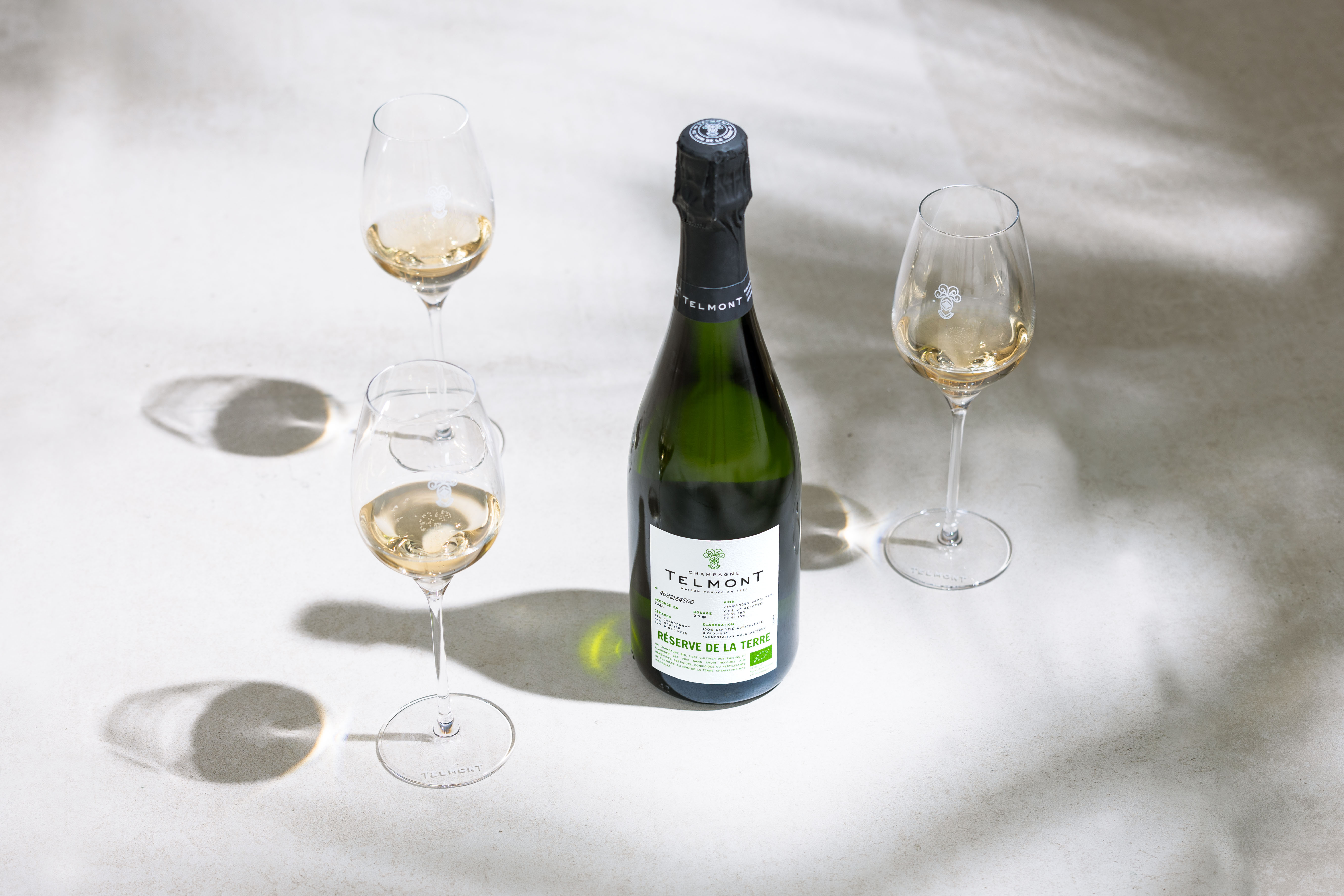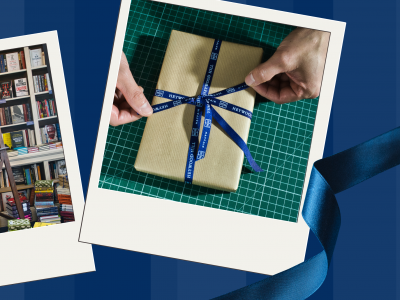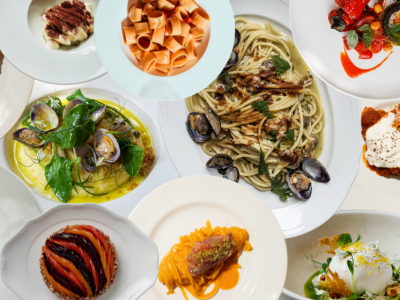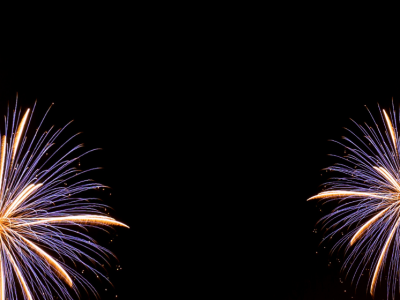It’s not easy to be organic if you are a Champagne brand. As one of the most northerly European wine regions, Champagne vineyards are susceptible to the vagaries of nature, with unreliable weather, rain, humidity and high acidity, so pesticides and other non-biological interventions have been de rigueur to date. Champagne Telmont is a brand which is demonstrating its commitment to sustainability at every level. Leonardo DiCaprio, an avid environmentalist and investor in Maison Telmont, labels the Champagne as: “the taste of the future”.
Champagne Telmont Goes Green with Réserve de la Terre
25th April 2024
Wine producers are taking steps along the path towards sustainability, but it’s a tough act for Champagne producers, who are not blessed by the weather gods. Champagne Telmont is trailblazing with Réserve de la Terre in its bottle described as ‘193,000 shades of green’. SPHERE’s Lisa Barnard attended the launch at the Saatchi Gallery in London.
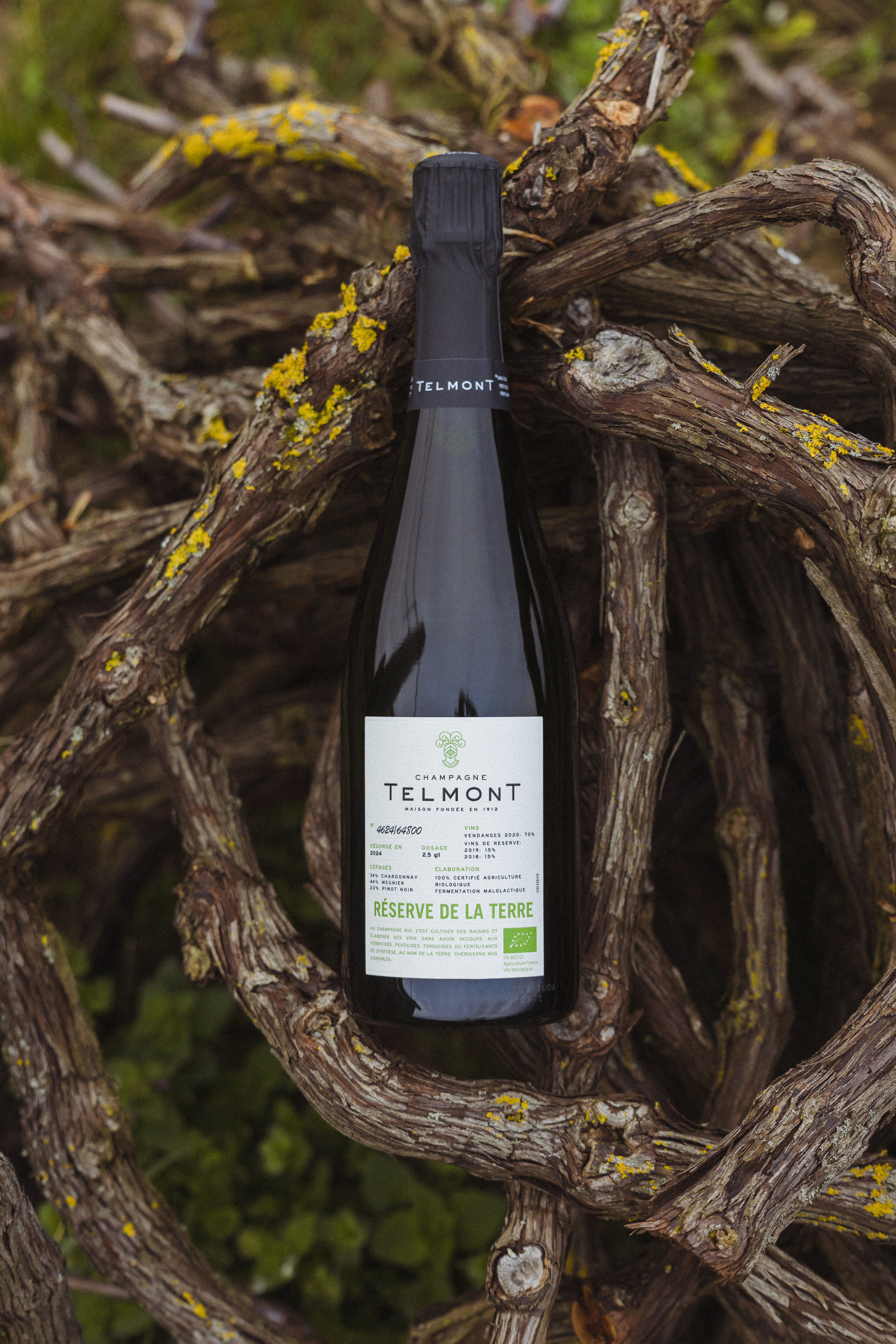
Champagne Telmont’s top team was in London recently to launch its new Réserve de la Terre at the Saatchi Gallery, in the environment of the exhibition by photographer Edward Burtynsky. The evening hosted by the Maison's President Ludovic du Plessis and Cellar Master, Bertrand Lhôpital, who is the fourth generation in the Champagne producing family. De Plessis explained the Maison’s approach: “We wanted to make big changes to reduce our carbon footprint, and we wanted to move very fast. So we launched our ‘In the Name of Mother Nature’ project. Our mission is very simple – to craft the best of Champagne with no compromise to nature.”
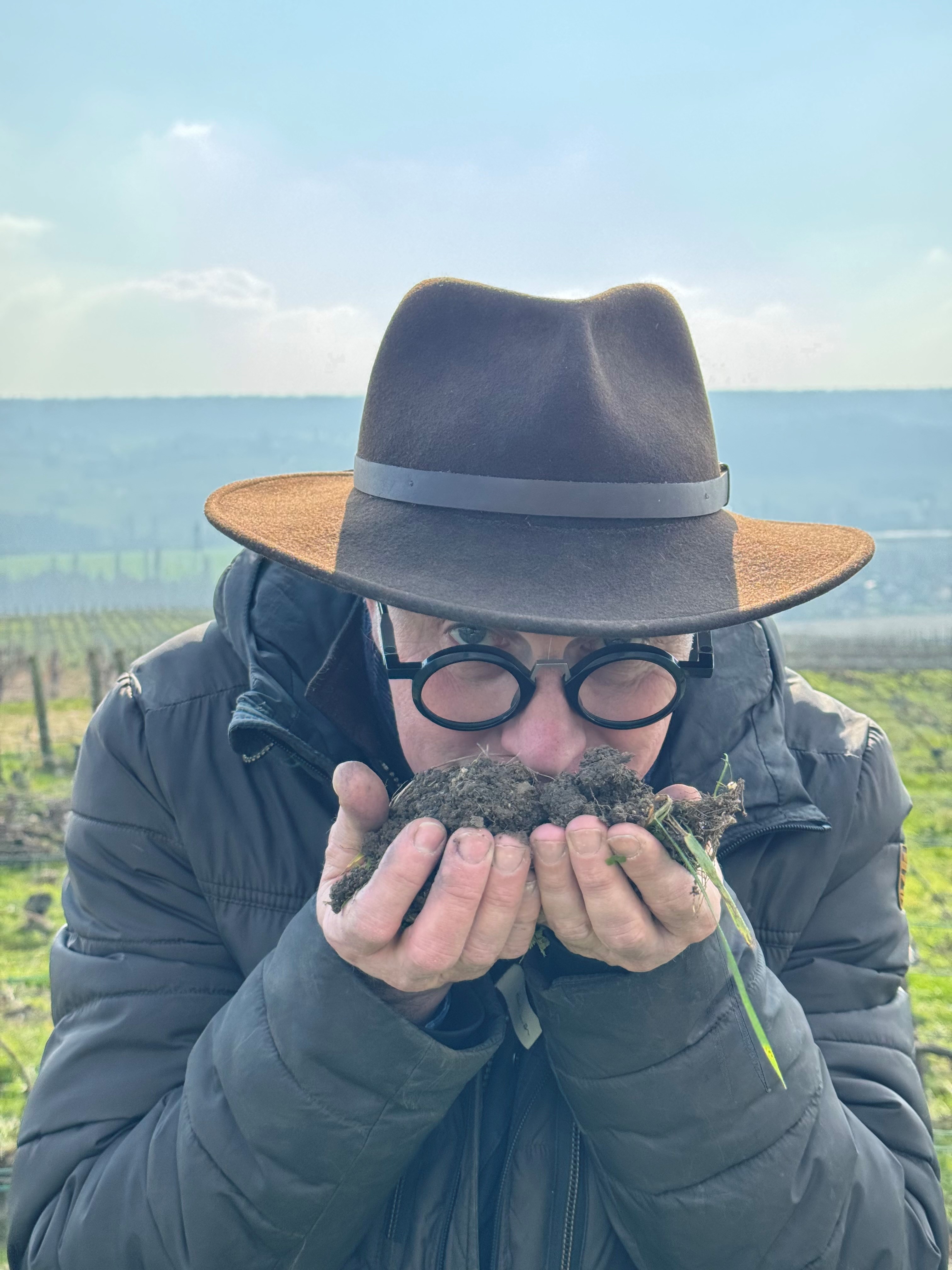
“There are three think to keep in mind”, continued du Plessis. “The first is biodiversity, we call it regenerative agriculture: cover crops, planting trees, living soils. Second is organic farming, which means no herbicide, no pesticide, no fungicide and no chemical fertilisers. We do this on our estate, but we also work to convince our wine grower partners to move to organic agriculture. The third is the race to net zero, meaning you reduce CO2 emission to -90% by 2050. Our objective is not to be just Carbon Neutral (because you reduce and add compensation), no we need to go far beyond, targeting -90%, net zero, with science based targets to make a bigger positive contribution to the planet.”
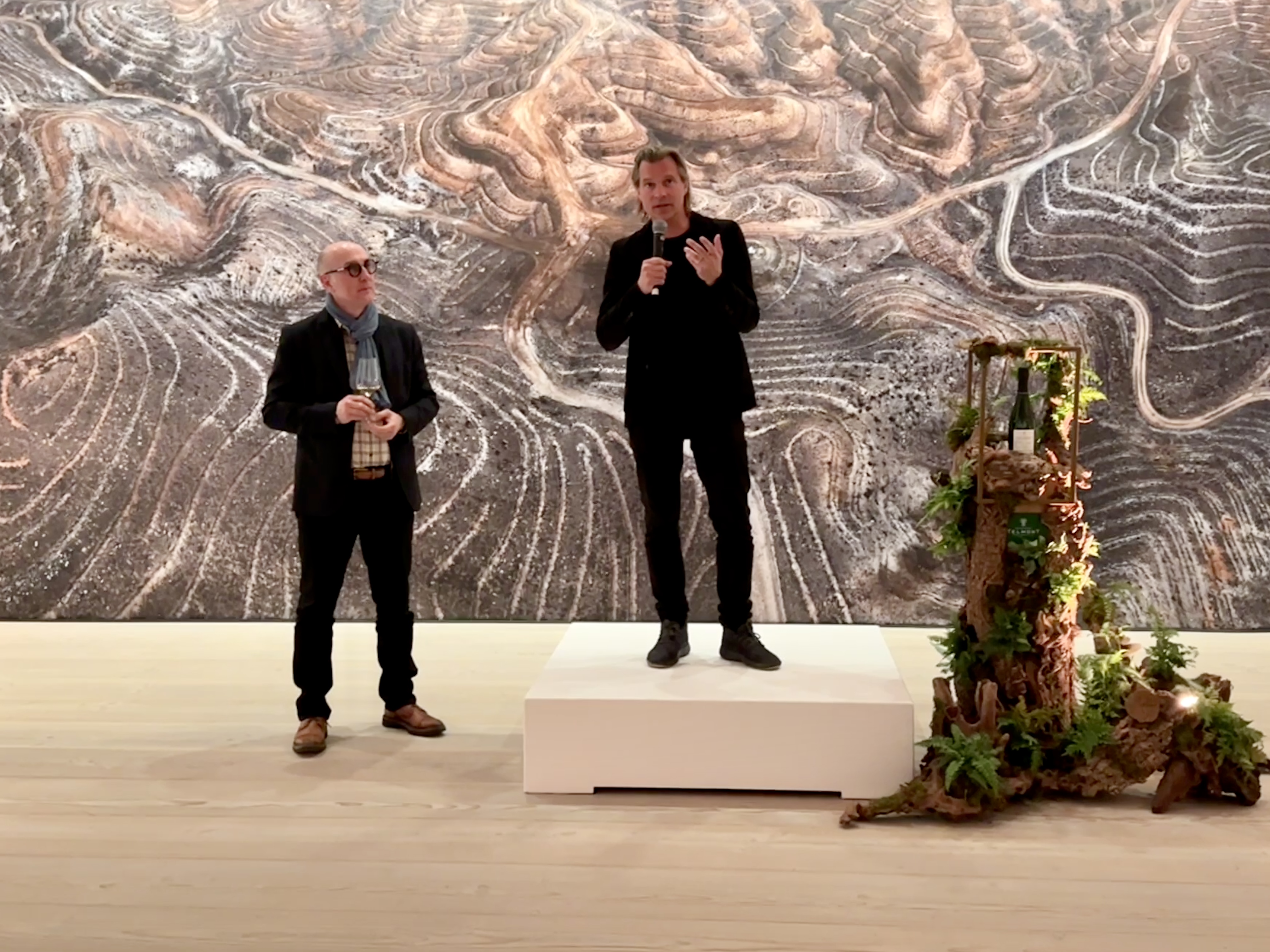
Only 5% of Champagne currently produced is certified organic, and Bertrand L’Hôpital described the journey he has been on as Cellar Master: “When I took over, I decided to change things, because I could feel there is something wrong in our vineyards. The soil was not living. So I decided to stop herbicide as a first step. Then I decided to go further and discover what organic viti-agriculture is, not just to be certified organic. My goal was to be to learn organic agriculture, before talking about it. And in 2014 I decided to go to for organic certification and my first certificate was in 2017. So I’m proud to present the results of what we have dine over many years. You can see it in our vineyards, you see birds, some things you can’t see because they are underground. You have a million insects and 10 million micro-organisms. If you dig our soil, you can smell it. It means the micro-organisms are working. I try to bring this life into the glass.”
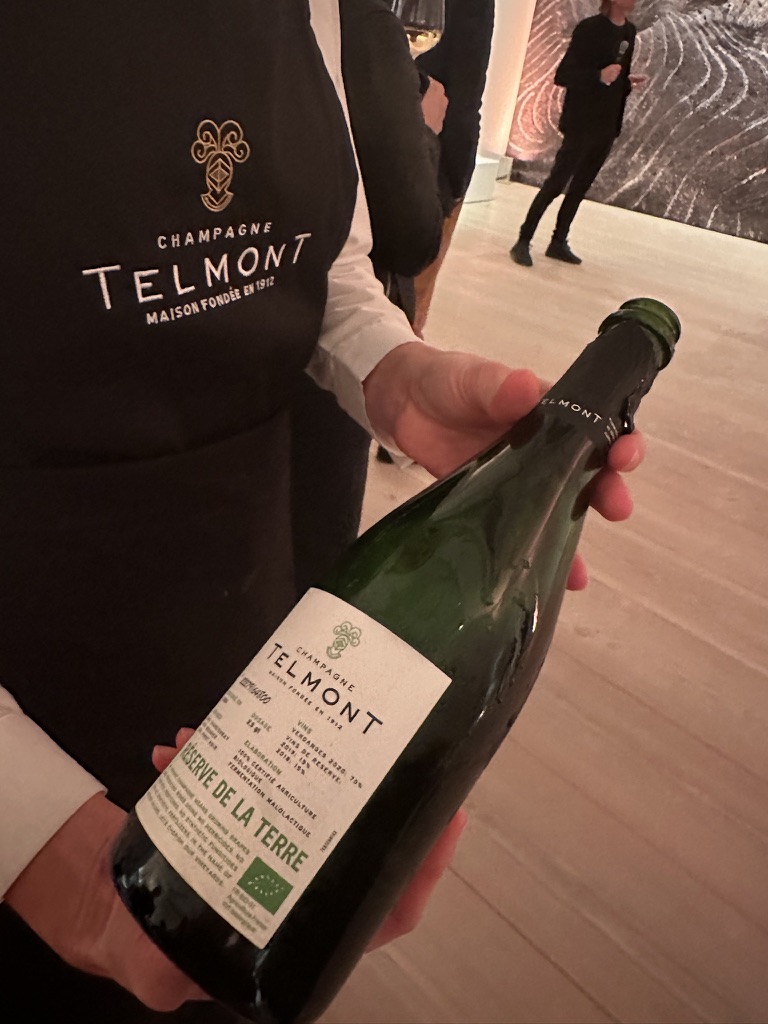
What does it take to be an organic Champagne?
Being an organic Champagne means that no herbicides, synthetic pesticides, fungicides and chemical fertilizers are left in sight. This goes to prove that not every plant needs to be pumped full of chemicals to reach its potential. Telmont has stripped back to the basics of survival – water, nutrients and sunlight, curating vineyards that are naturally full of life and of course grapes. The Réserve de la Terre is a combination of the three classic Champagne varieties (44% Meunier, 34% Chardonnay and 22% Pinot Noir) from three strong vintages (70% from 2020, 15% from 2019 and another 15% from 2018).
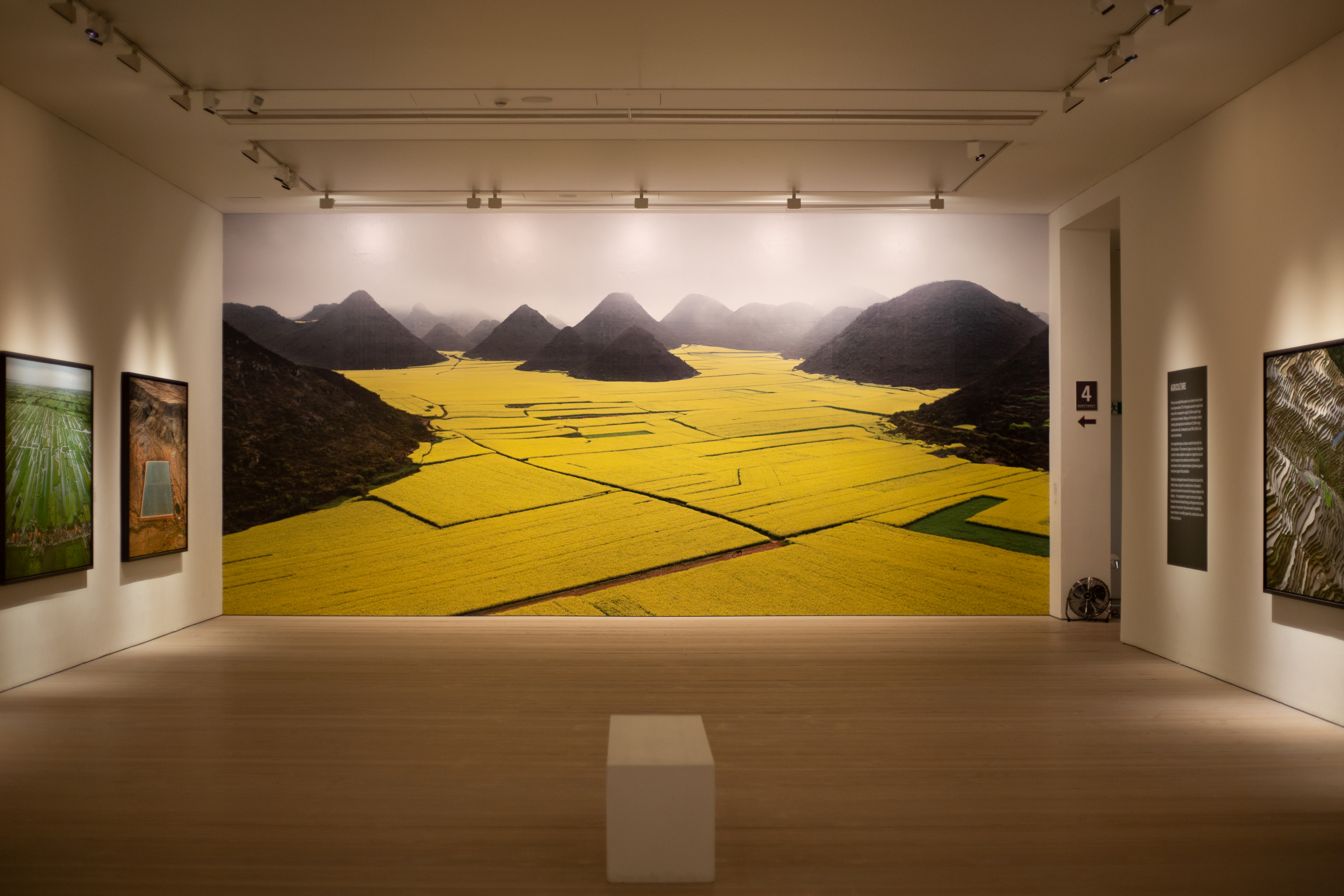
The result is 64,800 bottles of Réserve de la Terre, a top of the range certified organic Cuvée. The aim is to demonstrate that a delicate and high-quality champagne can be brought from vine to bottle without compromising on sustainability. This extra-but organic Champagne is a turning point for both Telmont and possibly the Champagne industry – moving closer to a fully sustainable future.
The respect for the environment doesn’t stop at the farming of the grapes. For a start, gift boxes are banned at Telmont. “You don’t need a box to make a good, limited-edition wine,” says du Plessis. Then there’s the glass. ‘193,000 shades of green’ is Telmont’s sustainable packaging initiative, making use of the glass that has been produced during their transition to an 800g bottle form the traditional 900g. Currently aging in cellars and making it to markets by 2025, this will be the lightest in Champagne bottles. It is no mean feat as the pressure in a Champagne bottle is equivalent to the pressure in a London bus tyre – and no-one wants exploding bottles.
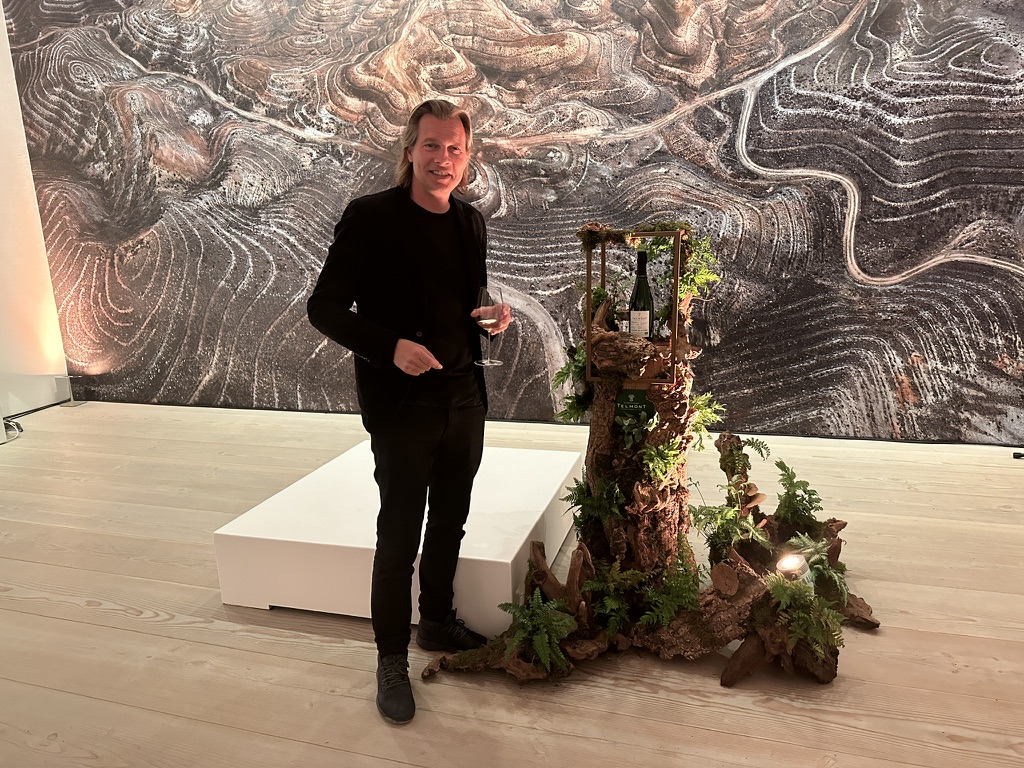
The use of this transition glass that would otherwise have been wasted, brings the importance of waste-free production above Champagne’s standards of chromatic perfection. Despite moving beyond the idea of bespoke bottles due to their heavy weight, these bottles are individualistic in their own way. 193,000 refers to the number of individual hues of green. From emerald and chartreuse to cinnamon shades, and thousands moving in a gradient between. By tapping into the expertise of Verallia, the leading European glass manufacturer across the drinks industry, Telmont has been able to develop this initiative successfully, beginning with the release of 193,000 shade-ranging bottles every year.
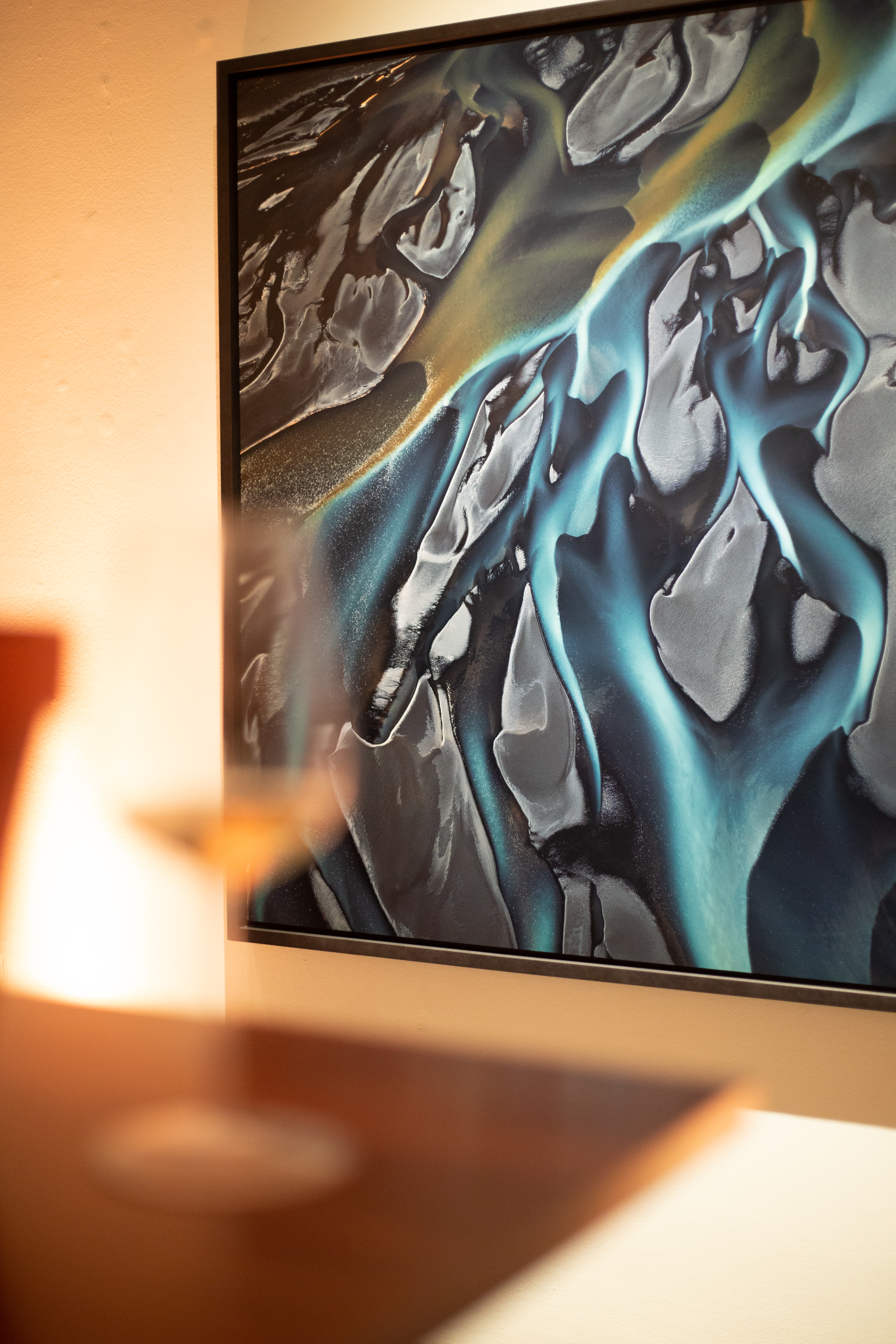
Furthermore, Telmont only use renewable energy across the estate, including biofuel for their tractors, and electric cars for transport – Maison Telmont isn’t just going a hint of green, but fully repainting their brand green. In every way that could be imagined. This is organic viticulture, and it’s the future.
In the words of du Plessis, Maison Telmont is a ‘century-old-start-up’ – it was founded in 1912 and it is not afraid to be disruptive. We can see where he is coming from.
Learn more about Réserve de la Terre, RRP £77, via uk.champagne-telmont.com
